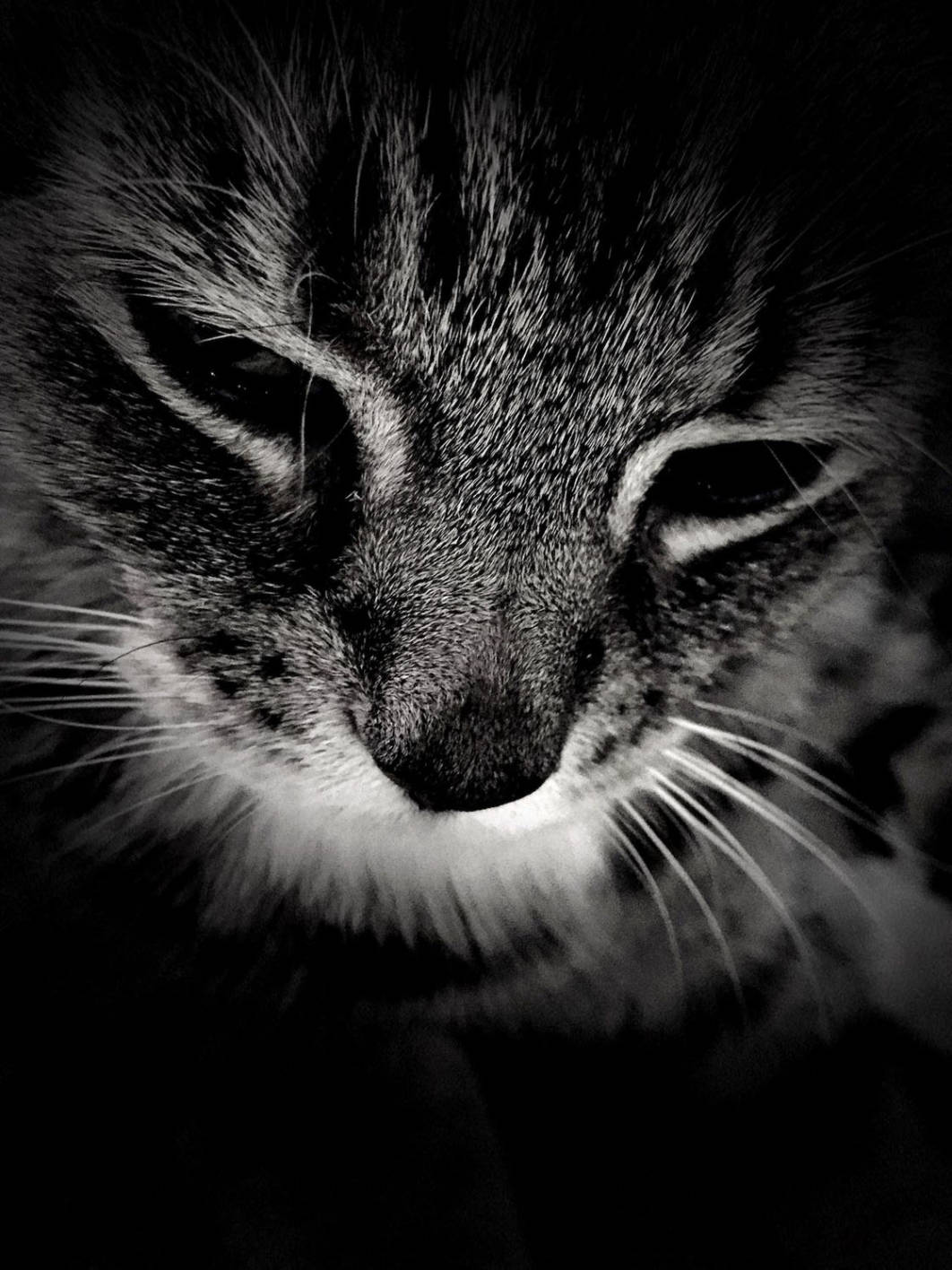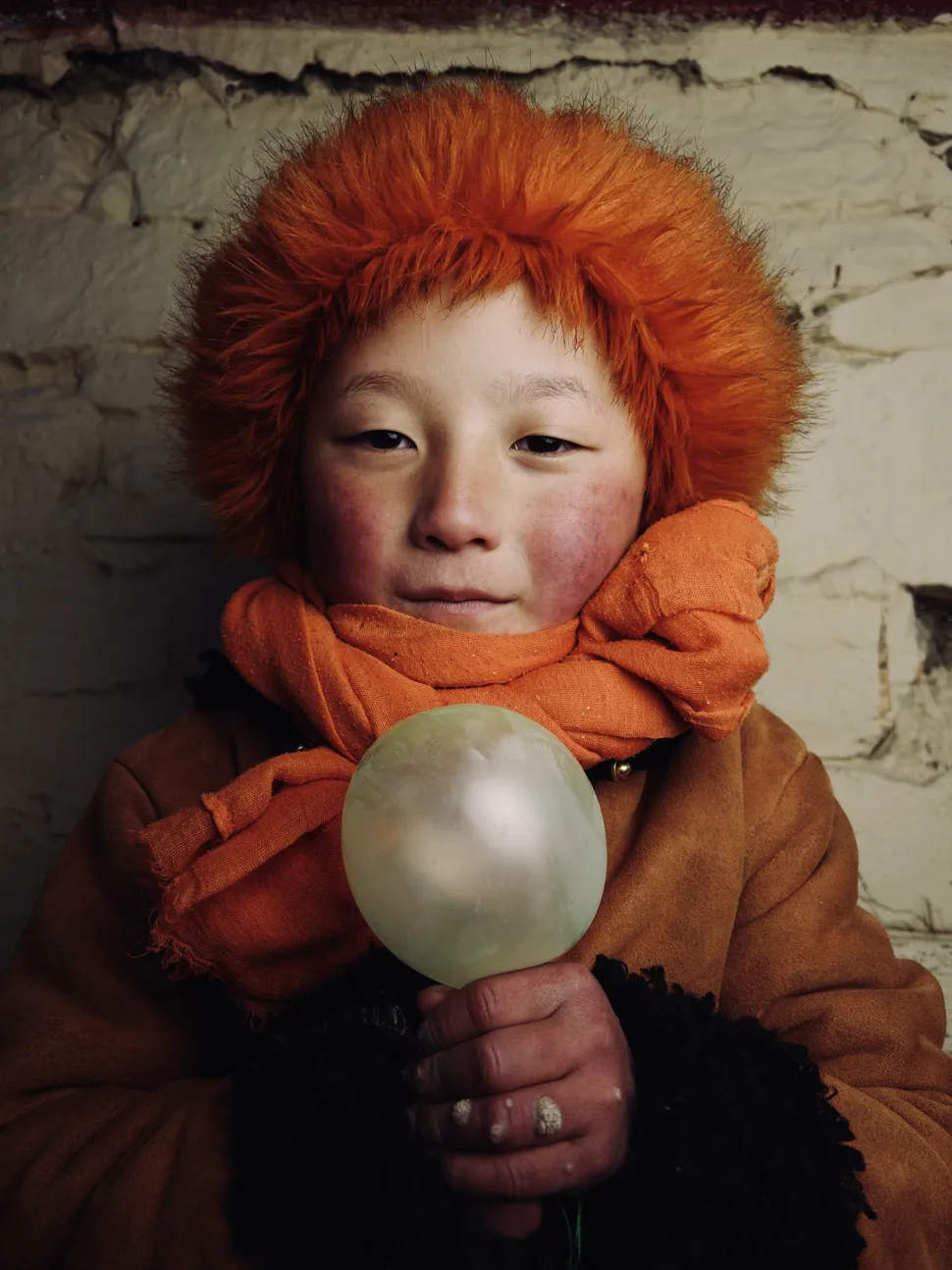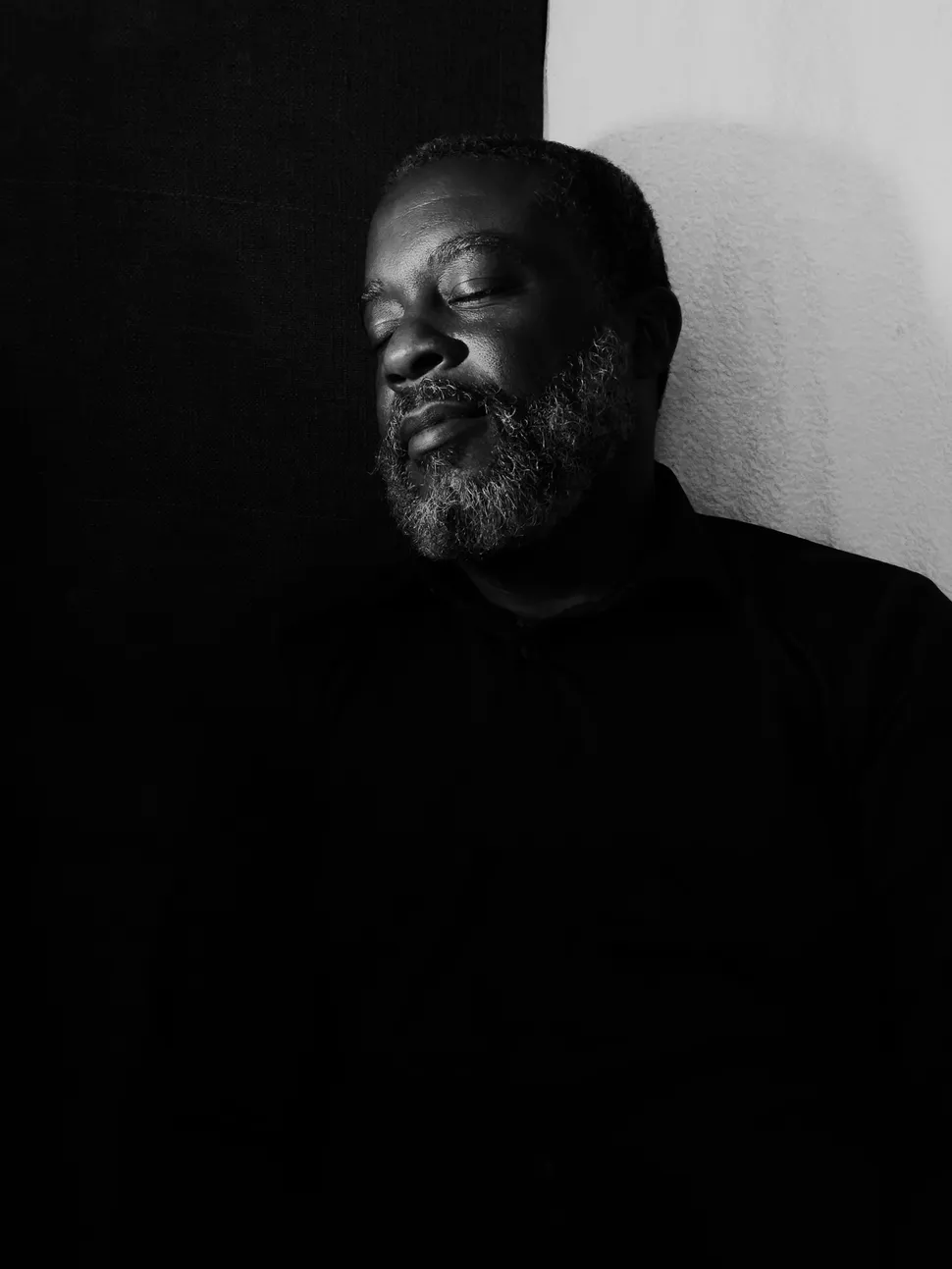
By ANDY00, 1727185113
In recent years, with social media everywhere and almost everyone carrying a smartphone, things have really changed. Everything seems built around making it easy to share photos instantly on social platforms. This makes you wonder: do people still need big, expensive cameras with fancy zoom lenses if they aren’t working for a newspaper or covering sports etc?
Smartphones have come a long way. They’ve got decent cameras now, and with apps like Instagram or TikTok, you can snap, edit, and share in seconds. The convenience and speed are unbeatable.
Sure, professional photographers and those in specific jobs still need high-end gear, but for everyday photos, the need for large cameras just doesn’t feel as strong as it once did. The world is moving fast, and people want quick, easy ways to capture and share their lives. So, unless you’re in a job that demands it, do you really need that expensive camera setup anymore? Maybe not.
All images below taken by iphone




Sure, years ago, I cringed at the thought of a model showing up to a photoshoot, only for the photographer to whip out a phone instead of a proper camera. And if I’m being honest, that’s still my personal perspective. I’ve always been a fan of my trusty Canon SLR—there’s just something about the feel, the control, and the quality that you get from a dedicated camera. But that’s just me, and I get that the world is changing.
New blood is coming into this sphere, and they're not as attached to traditional gear. For them, technology has made it easier than ever to capture high-quality images with devices like smartphones and drones. These phones aren’t just cameras; they’re digital platforms ready to post, share, and edit instantly.
For models making money, mobile phone photography allows them to create content for their platforms without needing photographers. In many cases, the work they create looks high-end and professional, using apps and optimized for the lower image dimensions that best suit the platforms they are posting to
This has undoubtedly contributed to the decline in model numbers, as well as a decrease in models participating in TF (Time for Prints) shoots. With mobile phones allowing models to create high-quality content independently, there’s been a noticeable shift toward prioritizing paid work. Many models are now opting for paid opportunities exclusively, which is something we’ve seen discussed frequently in recent times. The ability to self-produce content at a professional level has empowered models to rely less on photographers, accelerating this trend.
The thing is, everything now is geared towards digital images for online platforms. Instagram, TikTok,Facebook and other social networks dominate, and these platforms are all about speed and convenience. So, for a lot of new creators, it’s less about what camera they’re using and more about how quickly they can capture a moment and share it with the world. The tech is good enough for that purpose, and in many cases, it’s all they need.
The world of photography is evolving, and while I’ll stick to my SLR for projects, I get that smartphones are becoming the go-to tool for the next generation of photographers. It’s all about what works best for the medium, and for digital-first platforms, phones are leading the charge
All images below taken with smart phones




Even software that has taken decades to evolve into state-of-the-art tools, like Photoshop, is now considered a slow and outdated process by many new creatives. They can achieve striking results by simply clicking a few buttons on their phones using apps, producing images in minutes that would have previously required extensive knowledge and time. This shift reflects how rapidly technology has changed the creative landscape, with mobile apps offering quick, automated solutions that appeal to a generation focused on instant results. As a result, traditional editing methods are seen as cumbersome by comparison, further pushing creatives toward more efficient, app-based solutions that you pay a subsciption to- The fastfood version of the Mc happy snap.
Edited by ANDY00






